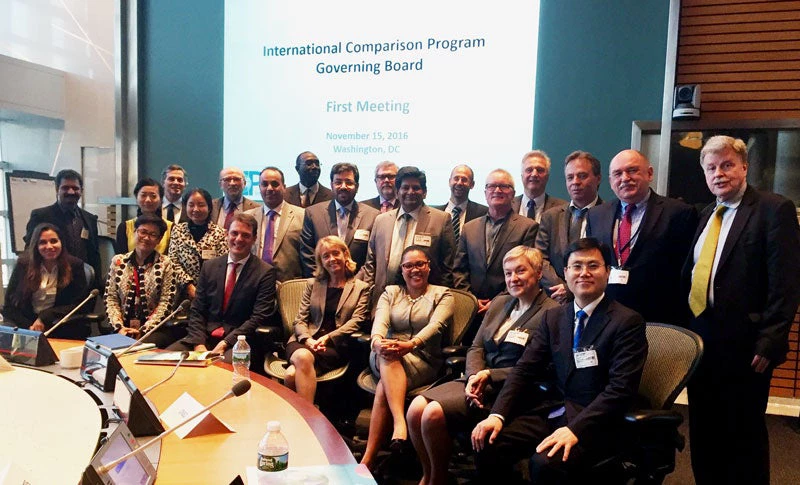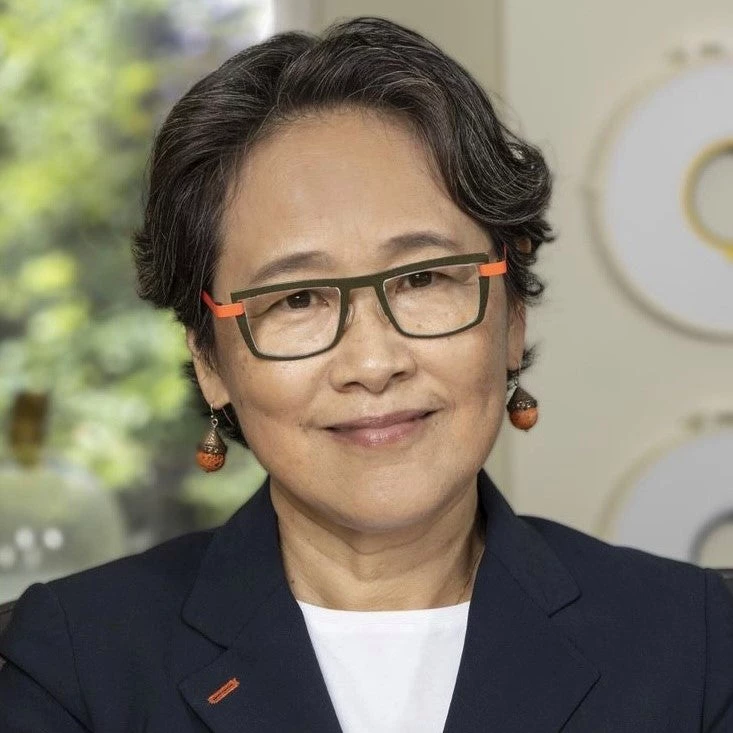
This month’s meeting of the International Comparison Program (ICP) Governing Board marked a new chapter in one of the world’s most far-reaching statistical operations. The release of the 2011 ICP round results in 2014 was met with some disagreement among scholars, but a dominant view emerged that they represent an improvement over the 2005 round. The release triggered a revision of the international poverty line which was updated from $1.25 / day in 2005 PPPs to $1.90 / day in 2011 PPPs. The IMF also uses the resulting PPPs in its Quota subscription allocation, as does the UNDP in the calculation of the Human Development Report’s Human Development Index (HDI), and a number of the SDGs involve PPPs in their measurement.
The ICP estimates purchasing power parities, or PPPs, for use as currency converters to compare the size and price levels of economies around the world. PPP-based measures are critical for assessing the real living conditions of individuals in different countries, and for establishing a common yardstick for measuring progress. Just as important as what it does is how it does it - the ICP is a partnership, and a great example of how working together can yield great benefits to all stakeholders.
The Global ICP Unit - part of the official statistical architecture
The World Bank is now home to the permanent Global ICP Unit, which has this year been instituted as a formal part of the global statistical program by the United Nations Statistical Commission (UNSC). This development puts the ICP on a stable long-term footing and is a testimony to the ICP’s collective efforts to ensure the success and continuity of the program.
Since its establishment in 1968, the ICP has grown to cover all regions of the world and become the world’s largest statistical initiative. The 2011 round of the ICP covered 199 economies from eight regions with the help of 15 regional and international partners.
Until recently, the ICP rounds have been conducted nearly every six years. Recognizing the needs for more frequent and reliable PPP estimates, the UNSC agreed, at its 47th Session in March 2016, that the ICP should become a permanent element of the global statistical program, conducted more frequently with shorter intervals between successive rounds, further aligned with regular national statistical programs, and implemented under a light and stable governance framework.
Given its successful role in hosting the ICP global office in the previous two rounds of the Program, the UNSC selected the World Bank to act as the Global Implementing Agency and establish a permanent Global ICP Unit. The Global ICP Unit, as part of the Development Data Group (DECDG), supports the governance framework and undertakes the global coordination and implementation of the ICP.
A rolling approach, stable methodology and comparable time series
The UNSC recommended that the ICP should adopt a rolling survey approach, which spreads the price data collection over three years in order to ease the burden on countries for any given calendar year. This approach will be gradually adopted, allowing regions the flexibility to conduct surveys over a period of three years, according to their specific circumstances.
For the 2017 ICP cycle, the plan is to carry out price surveys during 2017 and 2018, and incorporate price data from the interim surveys carried out in 2016 in various regions, where possible. By the end of 2018, a global PPP time series for 2012-2016 will be produced through linking interim regional results, where available. By the end of 2019, the 2017 results would be published, and in the future, the ICP will continue to implement the rolling survey approach for the reference years 2020, 2023… and so on.
Notably, no substantial changes in methodology will be introduced to maintain comparability across time and to allow for producing reliable time series. The ICP’s Technical Advisory Group (TAG) will develop a technical research agenda to guide the future of the program, focusing in the short-term on methodological aspects related to PPP time series and improving quality and reliability, and in the longer term, looking at opportunities to incorporate innovations in data collection technology, management and analysis into the ICP program.
A partnership for foundational data
Countries are the main foundation of this partnership, and the program is successful due to their unrelenting efforts and contributions. We are also grateful to our partners in the United Nations, Eurostat, the OECD, Development Banks, and the IMF and other donors, which are the building blocks of this partnership.
This is an exciting time and a turning point for the ICP. This is our chance to transform it into a truly permanent global statistical program, producing reliable PPP time series rather than independent benchmarks. We also need to improve quality, respond better to user needs, and promote further openness and transparency. The value of our results can only be measured by how much they are used.
This will definitely be a challenge, and we need to pool our efforts and resources to implement this new phase in the life of the program. The World Bank Group is committed to working within this partnership to achieve these common goals.



Join the Conversation